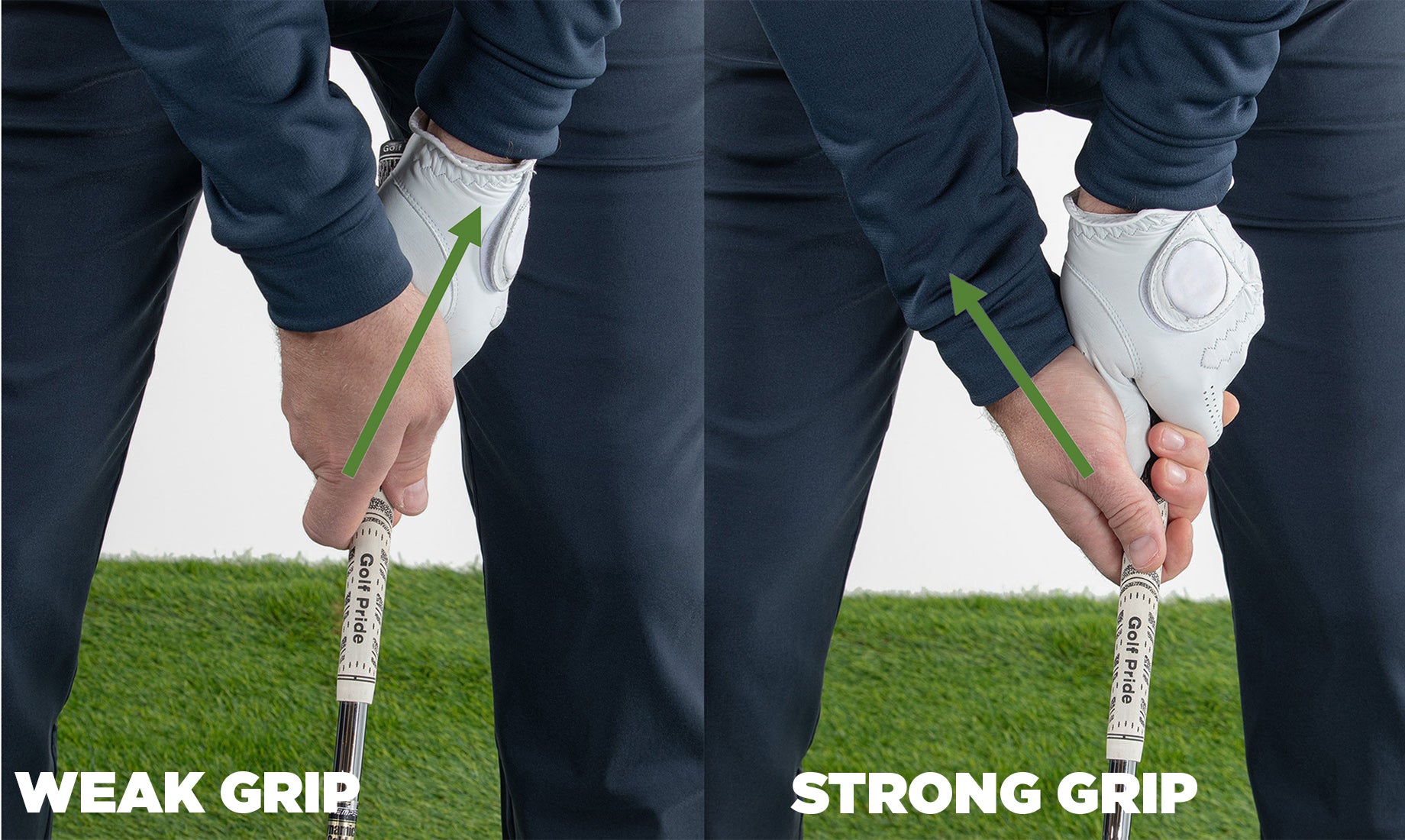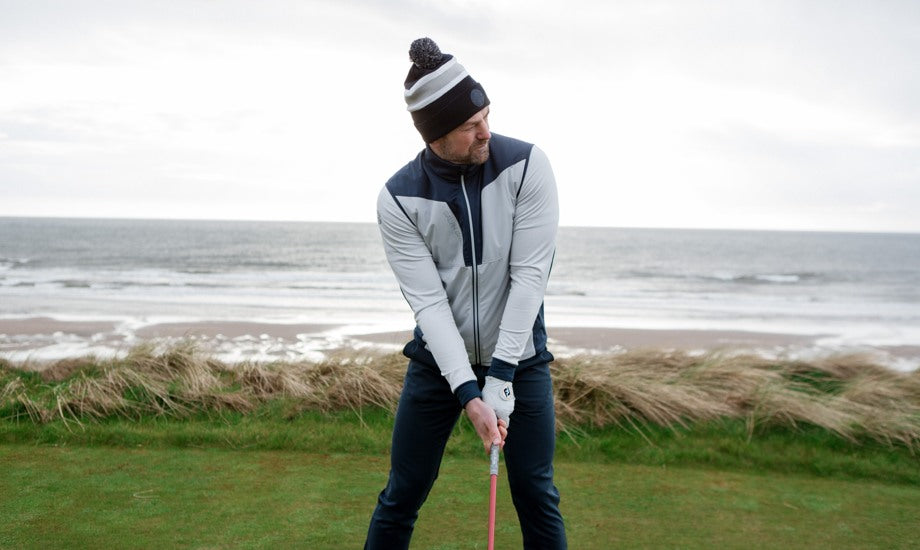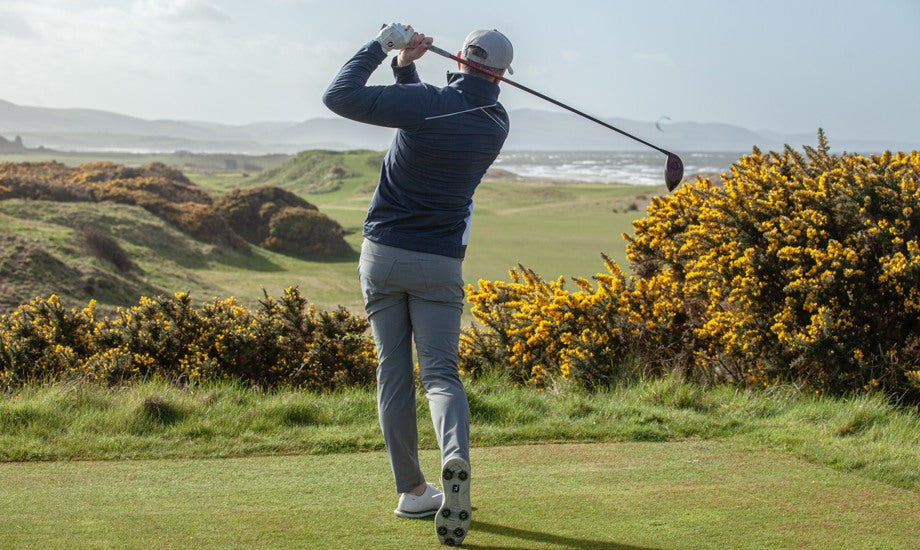Tips to Hit the Golf Ball Farther
Do you know any golfers who aren’t interested in gaining distance off the tee?
Neither do I.
I think it’s safe to say that everyone who plays the game would love to be able to drive the ball an additional 10, 15 or 20 yards. This has been true for as long as golf has been played. Why? Because golfers have always understood that the game becomes much easier (and, therefore, more fun) when they’re able to hit their approach shots to the green using shorter clubs.
Hitting into a green with a pitching wedge or a 9-iron, for example, will almost always result in much better accuracy than when using a 6- or 7-iron. Every golfer knows this from experience. But if there is any doubt about it, there have been many actual studies conducted that reveal just how much of an advantage longer hitters enjoy when they hit their much-shorter approach shots. It’s significant.
And this quest for more yardage isn’t limited to amateurs. It takes place at every skill level. From PGA Tour professionals down to high-handicap amateurs, searching for extra distance has become like searching for the Holy Grail.
So, given the acknowledged importance of hitting the ball as far as possible, we thought we would provide some insights into how you can find some extra yards with your swing and start lowering your scores in the process.
The Keys to Distance
In looking closely at what bigger hitters do that their shorter hitting counterparts don’t do, there are obviously many things that differentiate the two. In fact, the list of possible things that can cause less-than-optimal distance is quite extensive and would take more space than we have here to describe.
So, in this article, we’ll address just a few of the most common ones. If amateur golfers can make improvements in the following key areas, it’s almost certain that they’ll see yardage gains on their drives and will soon find themselves routinely hitting shorter approach shots into the greens:
- Proper setup creates better launch conditions
- Proper grip
- Reduce upper body emphasis in the downswing
- Maximize body rotation on backswing and through-swing
- Make sure your equipment is fitted properly
Proper Setup Creates Better Launch Conditions
To maximize your distance potential, it’s important to set up properly at address.

To start, make sure that your feet are at least shoulder width apart. Then -- and this is critical -- tilt your spine slightly away from the target. This will place your rear shoulder a bit lower than your front shoulder and will pre-set the body in a way that will allow you to hit up on the ball at impact. Far too many amateurs hit down on the ball, unaware that this negative attack angle produces excessive backspin on the ball, resulting in significant distance loss. Ideally, you want to reduce the amount of backspin that you impart to the ball to maximize distance on your drive, and this only happens with an upward, positive angle of attack.
To facilitate this, it helps to make sure that you place the ball forward in your stance, approximately opposite of your left heel.
Proper Grip
Another distance-robbing mistake amateurs frequently make is using a grip that is too “weak.” To maximize your ability to square the club and to enable you to fully release it through impact (both key ingredients to creating distance), you should employ a grip that is “stronger.”
For those unfamiliar with these terms, you should be aware that, in this context, describing your grip as either “weak” or “strong” has nothing to do with how much grip pressure you use. It describes how your hands are oriented on the club.

A weak grip is characterized by orienting your hands in such a way that the “V” formed at the intersection of your thumb and forefinger is pointed too much to the left (for a right-handed golfer), aiming incorrectly at your left shoulder. A much better hand position for amateurs to use is to rotate your hands counterclockwise to the right so that the “V” is aimed more in the direction of your right shoulder.
A weak grip often results in an open clubface at impact, which often produces the dreaded slice. And, as many of you have no doubt experienced, the slice’s uncontrolled curvature to the right will cost you significant yardage. A stronger grip will produce a clubface that is more square at impact, will facilitate more consistent ball striking, and allow you to pick up extra distance.
Read about how to fix your slice.
Reduce Upper Body Emphasis in the Downswing
An extremely common swing flaw among higher handicappers is the tendency to subconsciously overemphasize the role of the upper body in the downswing. These golfers, in an attempt to hit it as long as possible, prematurely start their downswing by using only their arms and upper body. Unfortunately, in doing this, they often throw the club outside of the proper downswing plane (this is referred to as swinging “over the top”), thereby causing an improper out-to-in swing path to the ball. The result? Out-to-in swings usually produce slices which, as described in the previous paragraph, fly much shorter than we’d like and are, obviously, also way off target.
To overcome this common swing flaw, try to resist the urge to overswing by lunging at it using just the arms and upper body. From the top of the backswing, focus on making the very first move a slight bump of the leading hip toward the target. This engages the lower body in the swing, but more importantly, it better enables you to deliver the club to the ball on the correct inside swing path to eliminate the slice.
To generate power and distance, you need to initiate the downswing with the lower body, not the upper body.
Maximize Body Rotation on Backswing
A key factor in generating speed with your swing is to utilize a full hip and shoulder turn in the backswing. Ideally, you should have a hip turn of about 45° and a shoulder turn of about 90°. Obviously, one’s physical flexibility will have an impact on how far you’re able to turn, but the key takeaway is that you should do everything you can to increase your amount of rotation.

One useful tip to help facilitate a bigger turn is to simply flare both feet out at address. Having both feet turned out a bit makes it far easier to increase your rotation, both on the backswing as well as on the through-swing. Having both feet facing straight ahead at address can have the effect of restricting your hip turn and, therefore, your distance.
Make Sure Your Equipment Is Fitted Properly
Having ill-fitted golf clubs can be a big factor in how much distance you’re able to produce. As just one example, a club shaft that is too stiff for you can limit your swing speed and cause launch angles that are too low, both distance killers. Similarly, clubs that are too long for you, or too short, will affect how consistently you’re able to strike the ball on the sweet spot of the club face, which in turn impacts how far you hit the ball.
To maximize your performance, it’s crucial that you ensure that your club specifications are fine-tuned to your particular swing profile. Length, loft, shaft flex, and weight should all be customized to allow you to optimize your distance and overall performance.
Read more about the importance of custom club fitting.
Final Thoughts
We all love the feeling of crushing a long drive. But more important than how it feels, hitting the ball farther gives you the best opportunity to lower your scores. Being able to hit approach shots using shorter clubs improves your accuracy, resulting in more pars and birdies and fewer doubles and “others.”
- Bill Sullivan







